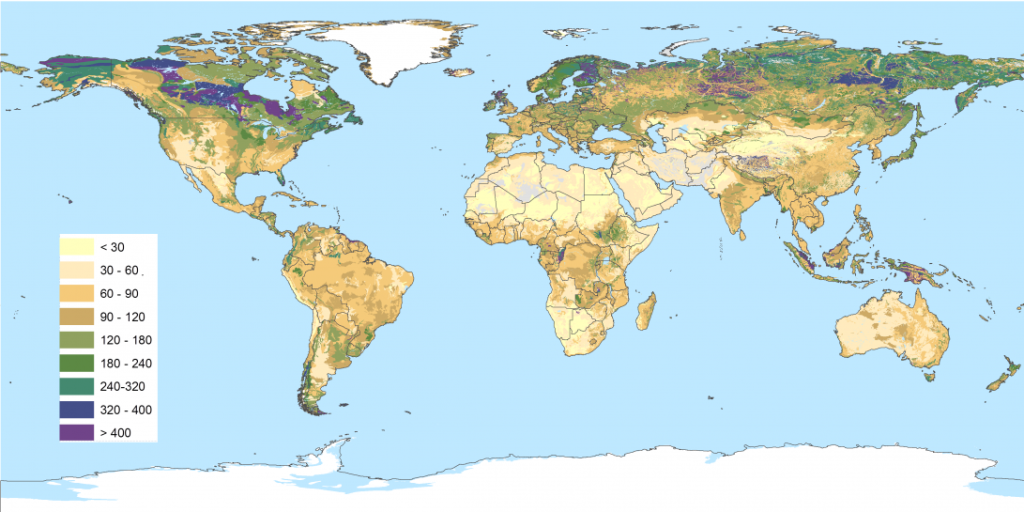Until recently, soil was believed to be nothing more than dirt and the accumulation of inert particles. Today, we are discovering that some of our food pressures and global climate challenges may be grounded in the soil. Issues including land use change, carbon sequestration, desertification, eutrophication and crop yields need to address soil health in order to find a complete and sustainable solution.
Recent soil studies have revealed that a single teaspoon of healthy soil contains 50 million to 2 billion microorganisms. These microorganisms are responsible for several ecological services, ranging from water regulation and capture, filtration, buffering of pollutants, cycling of nutrients and carbon sequestration. They are integral to the sustainability of plant and animal life.
Humans use soil for most of the activities that sustain life, from construction to mining and particularly agriculture. We are currently using over a third of the 4.4 billion hectares of land suitable for food growth, amounting to a total 1.6 billion hectares around the planet This has caused the earth to lose half of its top soil which is alive and non renewable. More than 25% of the arable land available on the planet has been severely degraded.
Estimated Organic Content of the Soil Around the World
(CM Depth)

Source: ISIRC: World Sil Information (2016)
Fertilizer use is one of the major culprits of the profound damage made to the soil. Since the green revolution of the 1960’s, chemical and synthetic products were used to double and sometimes triple the yield on our crops in order to sustain our growing populations. This famously saved over one billion people from starvation, but a few decades later the Earth and its soil was depleted of nutrients essential for life, allowing for desertification and barren lands worldwide. Therefore more and more chemicals were used to feed the crops in this nutrient-deprived soil until nowadays where, in average, every hectare of cultivated land uses 120 kg of fertilizer. This equates to almost 200 billion kg of fertilizers being used per year.
The main fertilizers available in agriculture are nitrates and phosphates, each of which presents their own set of problems. Common application methods often waste more than 80% of these chemicals, leaving them free to pollute the soil for decades. As runoff, they travel through aquifers and groundwater to lakes and the sea, creating blooms of algae and other organisms that eventually deplete the waterbodies from oxygen and generate ‘dead zones’ where nothing is able to survive. Phosphates have an additional predicament. While a requisite for life in functions like molecular creation, cellular communication, ATP and even DNA, phosphates are becoming increasingly scarce. By 2030, phosphates are expected to reach their mining peak. By the end of the century, they will have run out.
One alternative to chemical fertilizers is Neem. The Neem tree has two derived products that have been proven as great fertilizers, the oil and the cake (seed residue after being pressed). These products can help retain water for the soil and improve its porosity as well as protecting the roots from plagues and illnesses. Neem cake inputs more nitrogen, phosphorous, potassium, calcium and magnesium than common manure, making it ideal food for micro-organisms. Finally, because organic products need to breakdown before releasing the nutrients, as well as the fact that Neem degrades after 3 days exposure to uv light, the pollution and runoff are reduced to a minimum.
New strategies surrounding soil health, yield enhancement and sustainable agricultural practices are sprouting globally, in an effort to slow down soil degradation, groundwater contamination and the constant loss of our arable land. Solutions are ranging from agro-ecology practices to the substitution of synthetic fertilizers for organic, natural and impermanent alternatives. Neem products offer sustainable solutions that not only spare the soil, but can actually help regenerate it.